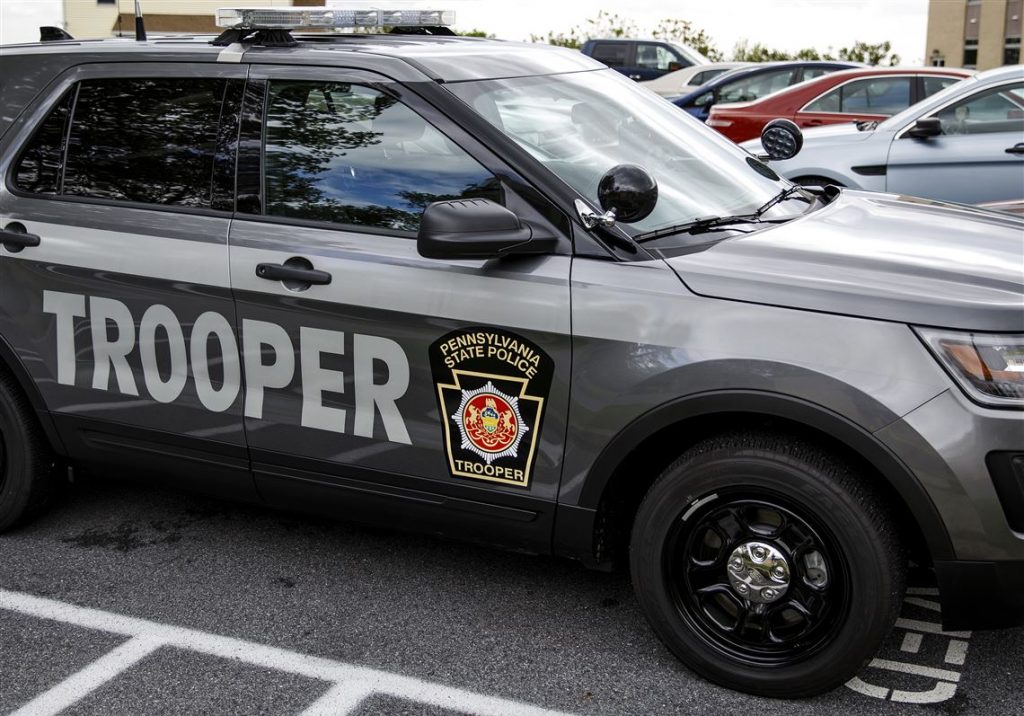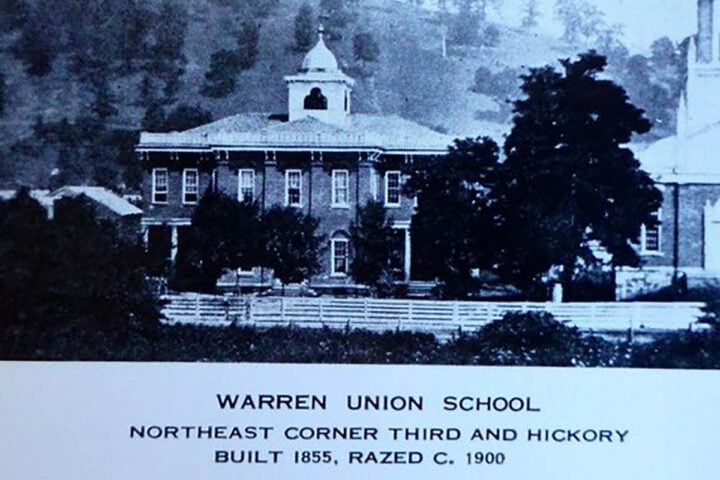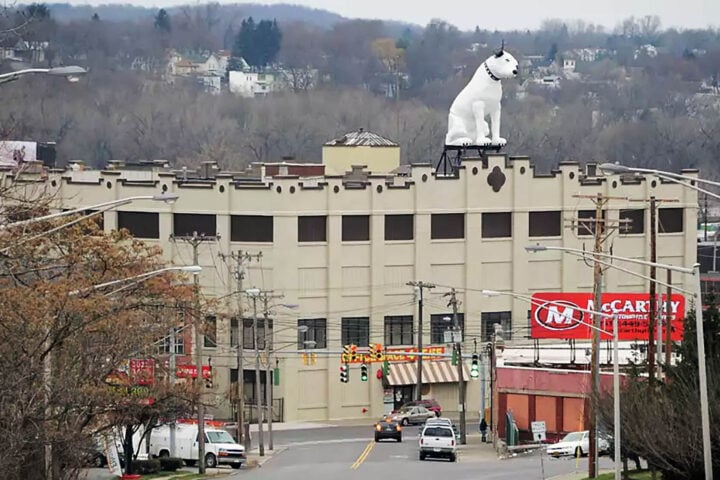Recently I spotted a Facebook post that connected a Warren County bank to Civil War-era Confederate currency. Well, some of what the author reported was obviously true. However much of it makes really great local folklore.
The fact that a banknote from Warren County, Pennsylvania served as a template for Confederate money is another reason I write Pieces of the Past.
Let me take you back to a day when a bank would post its total assets on the front door. Before the National Banking system, F.D.I.C., and other Federally backed financial programs, banks issued their own money! You could withdraw funds from your account, and the bank teller would hand you cash. THEIR cash. If you were close to home and the bank’s reputation was good, you had money to spend. If either factor was not in the mix, you might have kindling in your wallet! Banks in those days would pay an artist to draw up a really ornate, official-looking bank note. The more ornate the cash the better to prevent counterfeiting.
In the mid-1850s three things represented economic strength: the railroad, the engineering that built it, and since almost everyone farmed in those days: cattle!
North Warren was growing rapidly due to the installation of a connection rail system and trolley to Jamestown. The NORTHWESTERN Bank was at the center of the financial picture of the neighborhood. The bank accordingly produced cash in various denominations. Their dollar bill was first and foremost, considered to be solid. The rest of the bank’s notes were similar. They contained well-planned artwork.
When states began leaving the Union, Confederates were anxious to create confidence in their economy. Using well-designed, highly regarded bank notes from the Union was natural.
The more their money resembled accepted “Yankee currency” the better. Slipping the money up north would also weaken the north. The Warren, Pennsylvania dollar bill made a perfect platform to accomplish this. Especially by taking the denomination up to a much larger amount.
Now for the debunked part! The tunnel looks like the one leading to the War-Penn refinery over Morrison run east of Warren. Someone also thought the locomotive represented a Climax Engine from Corry. Well, the railroad wasn’t in Warren until 1858. Too late for the bills to be created with the War-Penn tunnel. The Climax engine was a low-speed high torque engine for use in the forest. They could run on steel, or log rail. But Climax engines didn’t come along until after the Civil War.
One of the final Climax engines ever made is sitting in the Corry Historical Society museum on Mead Avenue in Corry. The A-Frame structure was built around it. As for who stole the design for the Confederacy, it’s a good History Mystery!































